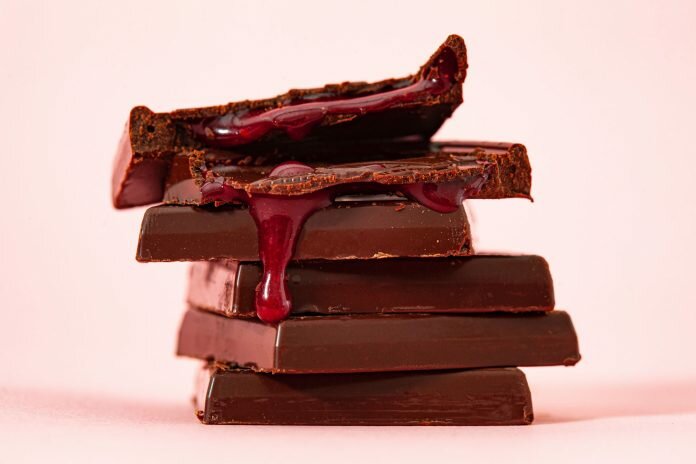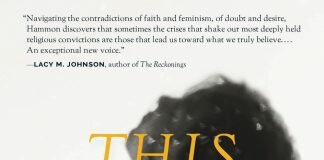Finding pleasure is tricky after sexual violation. Extremely vulnerable body parts have been harmed. How are these same areas supposed to respond afterward without fear, numbness, or both? Complicating this situation, ironically, is psychotherapy, a process designed to comprehensively heal. Too many mental health professionals are uncomfortable talking about carnal matters, or are not sufficiently knowledgeable. Survivors often progress emotionally and psychologically, even achieving “recovery,” while feeling broken in the bedroom.
This was my exact situation. After being molested as a child (by two different neighbors,) I dutifully went into counseling in my twenties, mending wounds for two decades. I found tremendous closure in those rooms. But I rarely spoke about my sex life, which was marred by intercourse pain, low libido, no orgasm, and constant triggers. I just figured that since I’d been abused, I was permanently damaged.
But then, shortly after getting married for the first time at 46, I decided to finally fix my sensual self. It took five years, fifteen kinds of practitioners, and thirty bliss-enhancing methods to see the full puzzle of my problems (six separate dysfunctions!). Based on this insight, I was able create ecstasy and intimacy. My odyssey, outlined in my memoir, The Pleasure Plan, taught me a tremendous amount about my particular conditions. However, I also learned techniques other survivors might use for claiming happiness between their own sheets.
Let Go of No
If relations have been terrible for a long time, we might feel despondent about improvement. One way we can trick ourselves into hope (and rightful entitlement) is by making a commitment to wholeness—regardless of the outcome. As a first step, try talking openly about your challenges and what you wish to change. Conversations could bring innovative ideas as well as freedom from lingering shame.
Get a Diagnosis
It’s wise to start a sexual healing journey with a trip to the doctor. Many boudoir responses are related to medical issues, like hormone depletion from birth control pills, impending menopause, or overly weak pelvic floor muscles. Your current provider might be perfectly fine assisting you. Or, you might need additional counsel. After the gynecologist I’d been seeing for ten years got visibly shaken when I asked her to explain what happens to the vagina during penetration, I found someone else. I also switched shrinks. Luckily, an increasing number of physicians and behavioral health specialists are being trained by organizations like the American Association of Sexuality Educators, Counselors and Therapists and the International Society for the Study of Women’s Sexuality. Search these websites for sex-savvy providers.
Go Off-Script
Lovemaking can be lackluster, or threatening, when the sequence of events (or events themselves) don’t work for our bodies. Consider a typical hetero hookup: a bit of cunnilingus followed by penetration; this may or may not float our boat. In same-sex or queer relationships, there might be a different chronology (and other activities) but patterns can also set in. When the script benefits a partner—and not us—we might feel we’re being used as a prop, which can be re-traumatizing. The solution is using our voice, and expanding your repertoire—using toys, massage, erotica, dirty talk, hugging, feathers, leather, food-fun, and more—in no particular order. In other words, think improvisation rather than a memorized stage play.
Take a Pleasure Hour
To establish and maintain a vital relationship with Eros, I recommend a weekly Pleasure Hour, which is a one-hour solo self-love session (defined as you wish). Steamy time alone takes the pressure off having to perform—a common pitfall for survivors. In essence, we’re creating a laboratory for recovery and discovery. Recovery can be rewiring our nervous system so it’s cool with surrender and thrills. (Actions might include focusing on our senses as a way to practice being present; calming fears through our own soothing touch; or journaling about what freaks us out during encounters—and how we might redirect our lovers.) Discovery is finding out what feels safe, and also what feels great. My own Pleasure Hour is sometimes lustful, and sometimes more oriented toward chocolate, or a nap. Any consistent delight will strengthen pleasure pathways in the brain. We need to train ourselves to allow awesome.
Create a Pleasure Plan
When I work with clients, I have them buy a journal in which they record and organize their odyssey. I tell them to divide this diary into five sections of their choosing: for instance, reflections on romantic interludes; notes from visits with practitioners; and lists of what turns them on. In this way, clients infuse their progress with structure, which can make their endeavor less overwhelming. A personalized book that’s asking for their agency also helps these folks settle into power.
I’m so glad that increasing numbers of physicians and psychotherapists are developing expertise in human sexuality. But even with this assistance, those who’ve been victimized need to demand genital joy as a birthright. We are the only ones who can reject labels, such as feeing broken. We are the ones to fight for our care, our rapture, and the profound ecstasy of life.
I believe fantastic physical sensations are the opposite of the hurt we’ve endured. Pleasure, therefore, is an antidote. In fact, it just might be our cure.
Photo by Michele Blackwell







![[Blood] Sodden Anguish/Deathbed Red (Fall 2017 Mood Board)](/wp-content/uploads/2021/07/Cosmic-Blood-Wash-Final-Ami-J.-Sanghvi-300-DPI-218x150.jpg)




